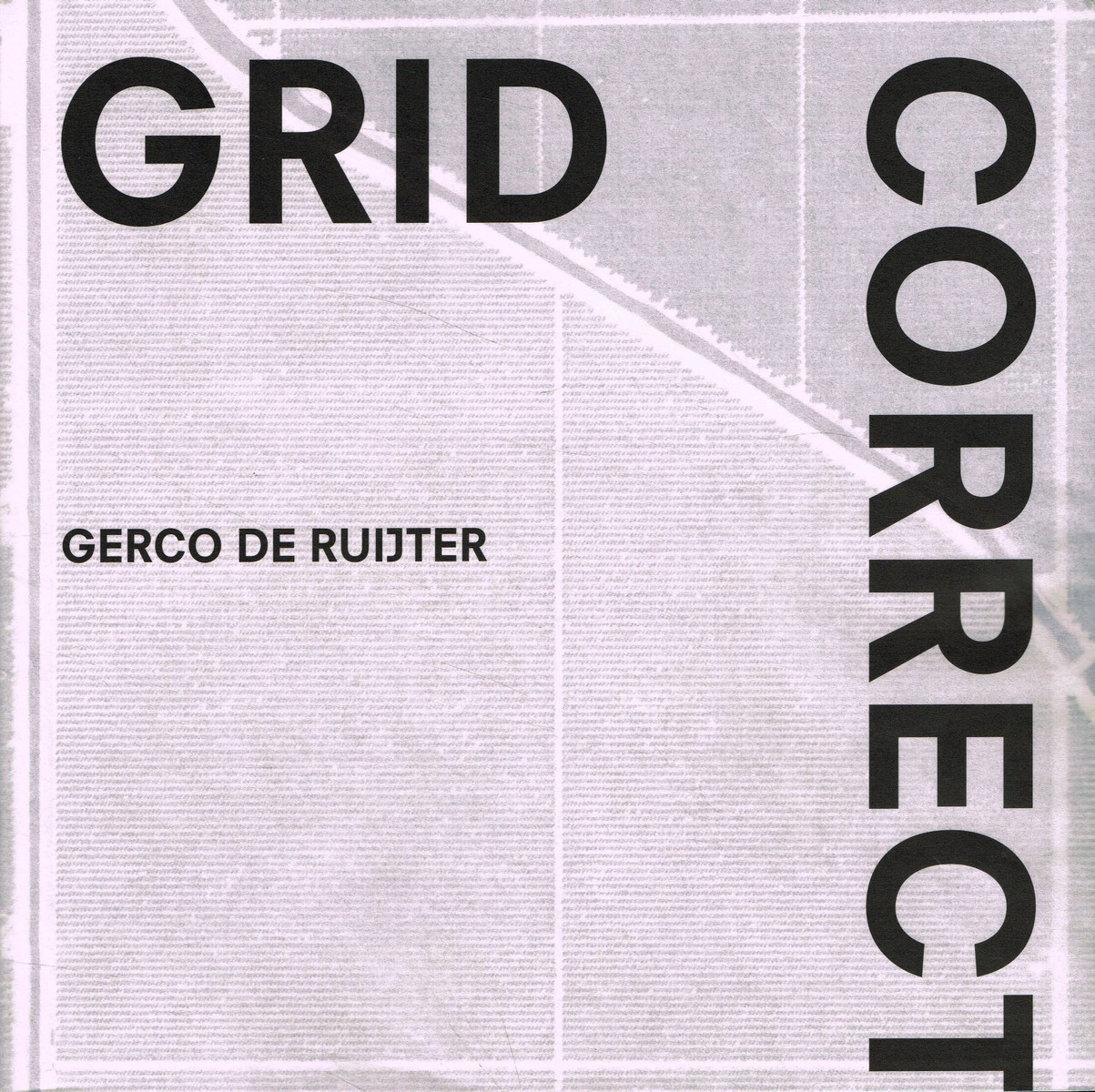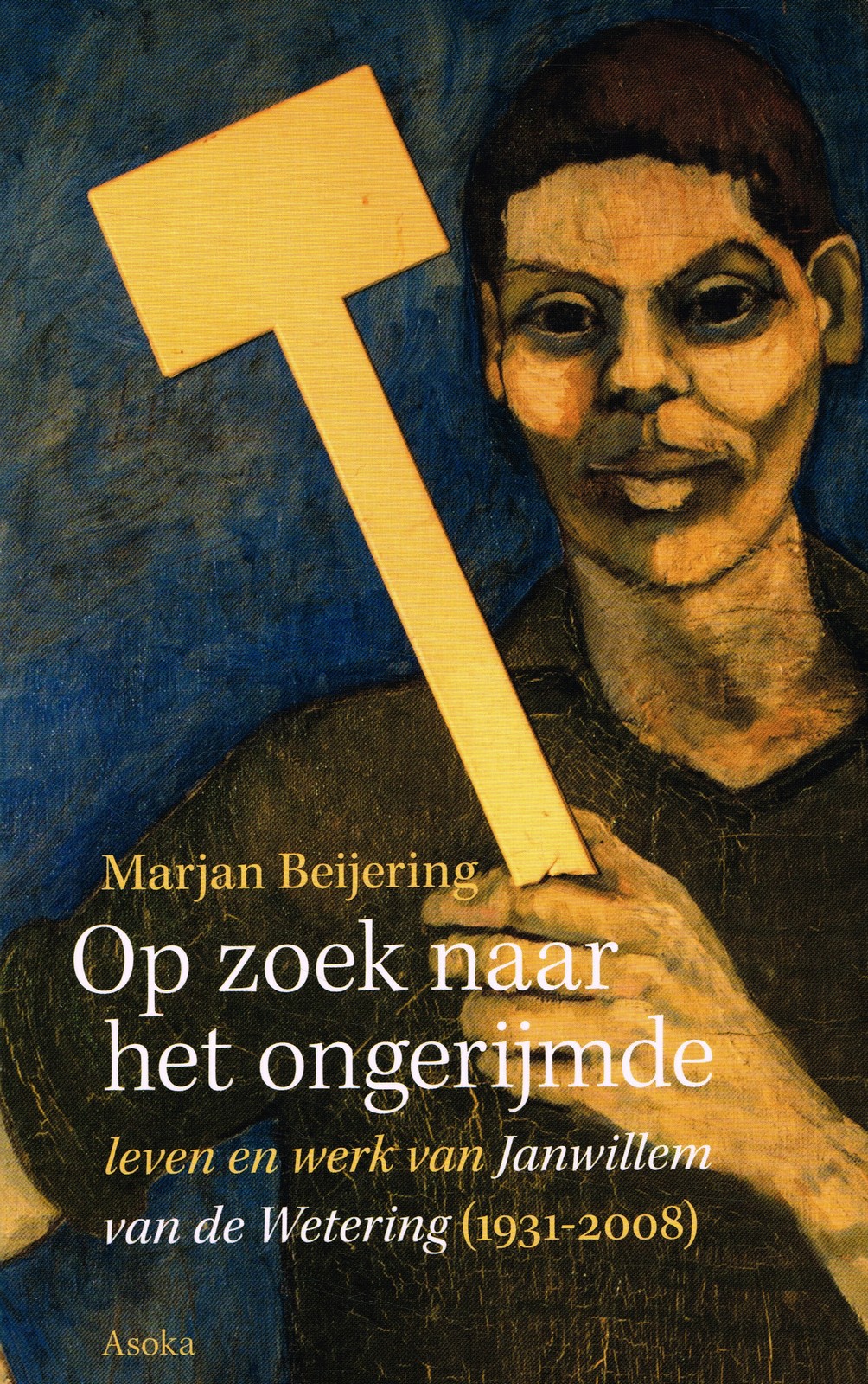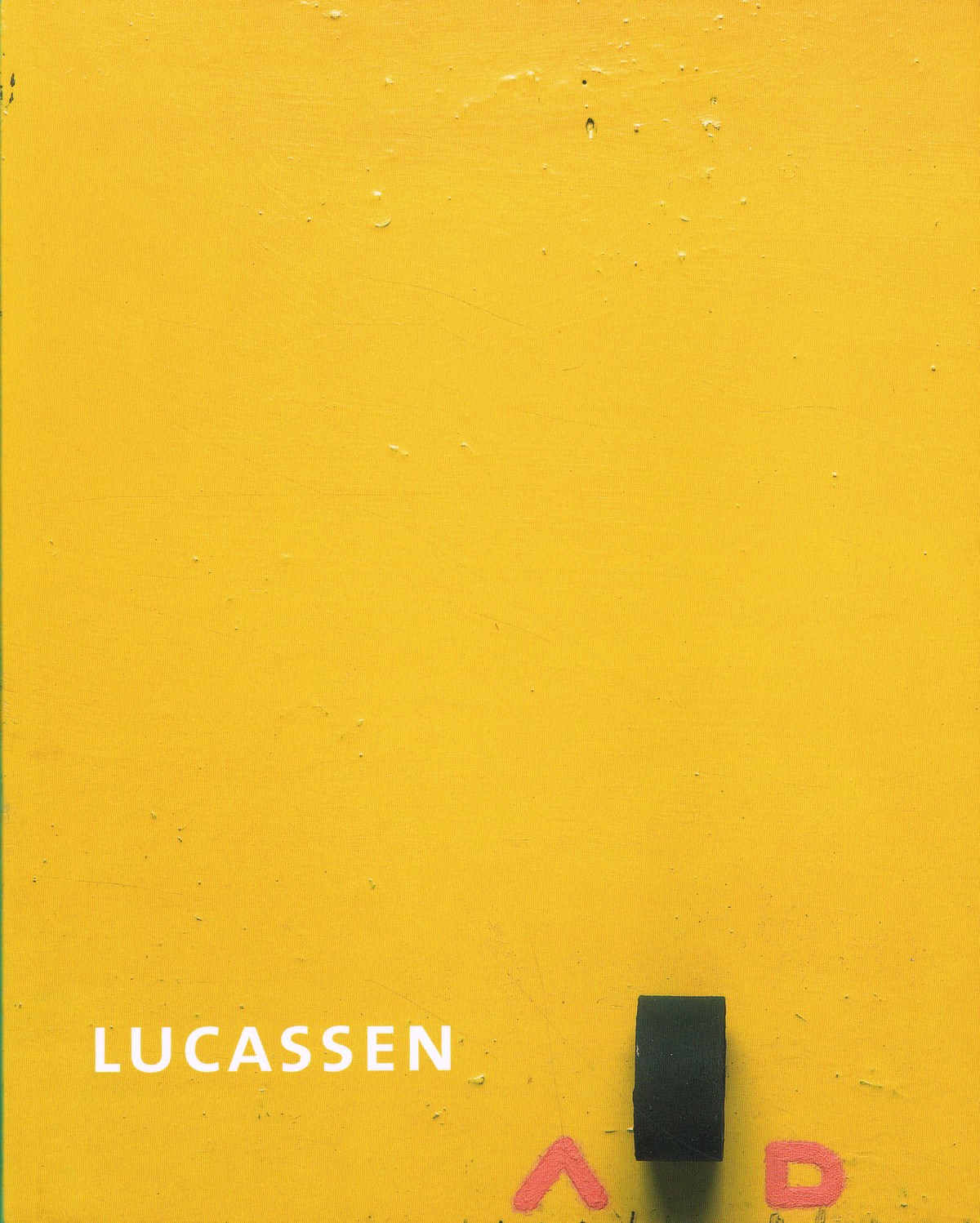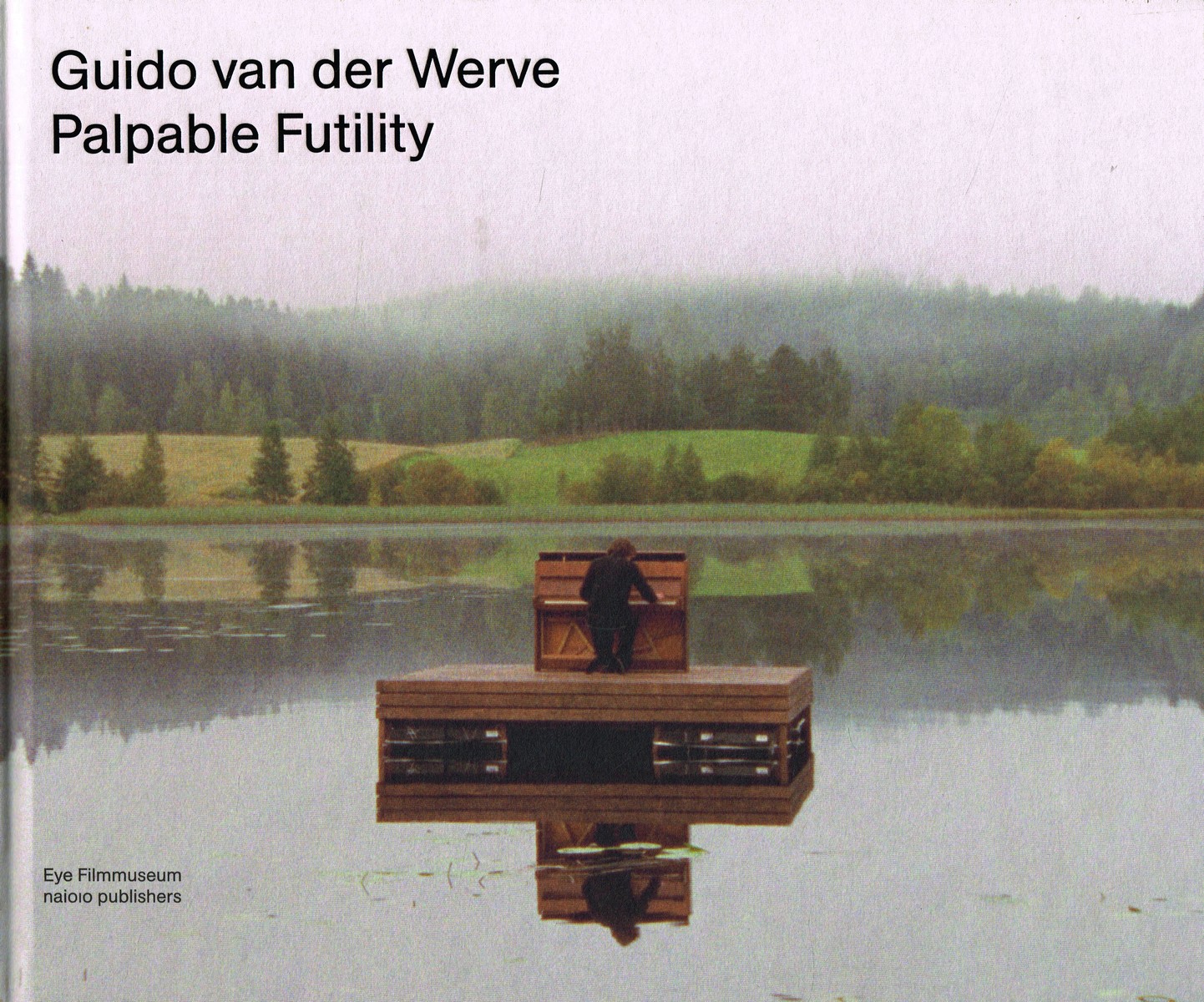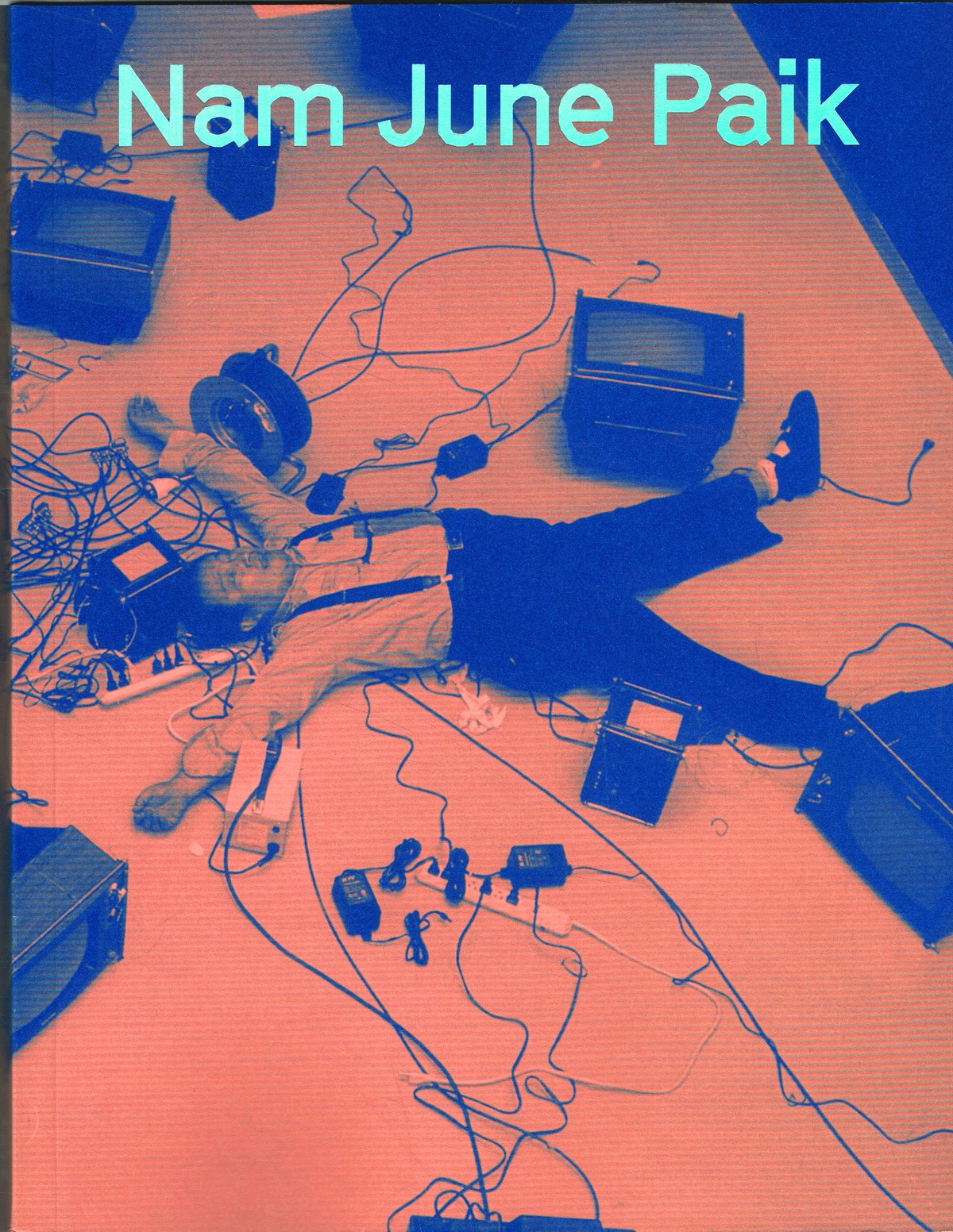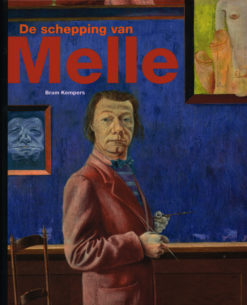Terug/Home/Webwinkel ramsj.nl /Non-Fictie/Biografieën/Lucassen
Lucassen (Amsterdam, 1939) is een van de belangrijkste hedendaagse Nederlandse kunstenaars. Hij was een van de wegbereiders van de Nieuwe Figuratie (1965-1980). Van meet af aan is Lucassen in zijn werk op zoek naar een balans tussen figuratie en abstractie. Zijn werk beschouwt hij als een persoonlijk systeem om harmonie en orde te schepen in de chaos van de wereld om hem heen. Hij gebruikt niet alleen figuren en vormen, ook woorden en getallen. Vanaf begin jaren tachtig ontwikkelde zijn stijl zich via abstract symbolisme naar wat hij zelf ziet als een synthesestijl. Ter gelegenheid van zijn 70e verjaardag en zijn 50-jarig kunstenaarschap wordt in het Stedelijk Museum Schiedam een overzichtstentoonstelling gehouden en verschijnt het boek Lucassen, waarin de ontwikkeling van zijn werk gedurende de laatste tien jaar zichtbaar wordt gemaakt. Journalist en criticus Ron Kaal, kunsthistoricus Peter van der Meijden en Lucassen zelf geven in afzonderlijke essays hun visie op de schilderijen, de assemblages en modifications van Lucassen en leggen relaties met het gehele oeuvre. in samenwerking met Stedelijk Museum Schiedam en Galerie Images in Den Haag tentoonstelling in Stedelijk Museum Schiedam van 13 december 2009 t/m 14 maart 2010
